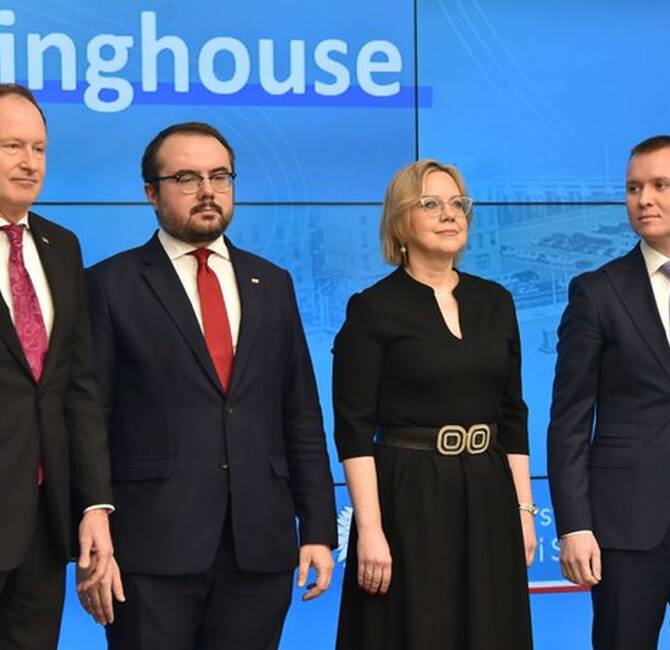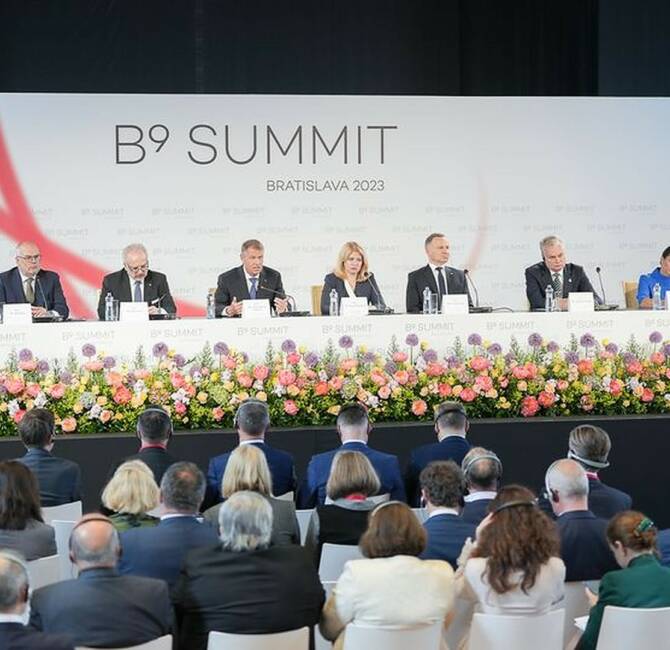Poland/Belarus – The migration crisis we have been witnessing for several weeks on the western borders of Belarus – with the regime in Minsk having undertaken to bring in and send migrants (mainly Iraqis and Afghans) to the Lithuanian, Latvian and Polish borders in response to EU sanctions – may soon enter a new phase.
State of emergency in the border area
After deciding – like neighbouring Lithuania – to erect a border protection fence modelled on the Hungarian one, on 31 August the Polish government asked President Andrzej Duda to declare a state of emergency in the 418 km long Polish–Belarusian border zone.
183 municipalities in the Podlaskie and Lublin voivodships
Prime Minister Mateusz Morawiecki explained on his Facebook page: “The situation on the border with Belarus is a crisis. The Lukashenko regime has decided to push Iraqis into Poland, Lithuania and Latvia. In view of the tense situation on the Polish–Belarusian border,
the Polish Council of Ministers has decided to ask President Andrzej Duda to impose a state of emergency for a period of 30 days in the border strip covering part of the Podlaskie Voivodship and the Lublin Voivodship”, which Duda did on September 2.
This decision could now only be reversed by a majority vote in the Sejm, with at least half of the MPs casting a vote, but this is not likely to happen in spite of PiS’ unstable majority as the right-wing opposition party Konfederacja said it supported the declaration of a state of emergency at the border.
“This area will include 115 municipalities in the Podlaskie voivodship and 68 municipalities in the Lublin voivodship”, Morawiecki further explained.
“The restrictions will not in the least interfere with the working lives of local residents, nor with free agricultural activity in the area. Lithuania and Latvia introduced similar restrictions some time ago.
This decision is dictated by concern for the security of the country and our citizens, as well as by our responsibility to secure the country’s borders and the entire European Union, which supports us in this.
The Belarusian regime is dangerous, and any uncontrolled crossing of the border could lead to an incident with unforeseeable consequences. We must stop these aggressive hybrid actions, which are being carried out according to a script written in Minsk and with the protectors of Mr. Lukashenko.”
Interior Minister Mariusz Kaminski has specified how the state of emergency will be implemented:
“Demonstrations and other actions will not be allowed.”
Border area closed to non-residents
For people living or working in the border area, nothing should change in their daily lives. However, non-residents will no longer be allowed to go there, which will also prevent a repeat of the tearing-down of the border fence by leftist activists that took place on Sunday 29 August.
The Polish interior minister also said that in the current situation the upcoming “Zapad-2021” joint Russian–Belarusian military manoeuvres were a further reason to declare a state of emergency on the border with Belarus.




